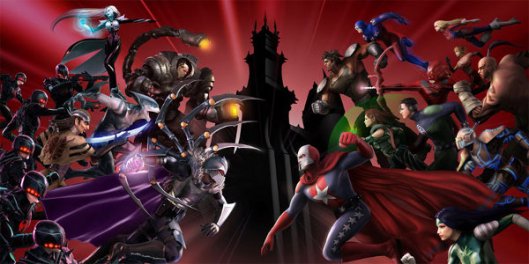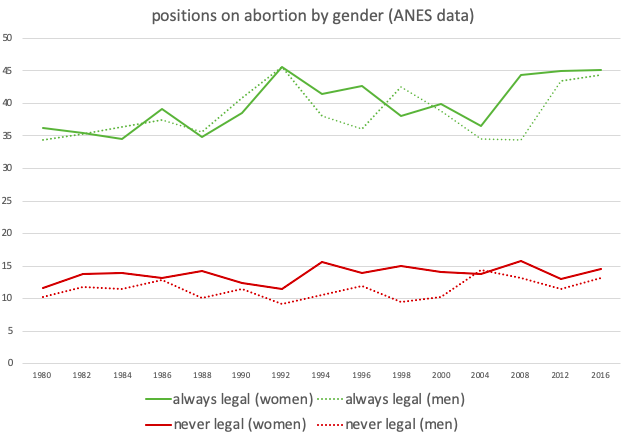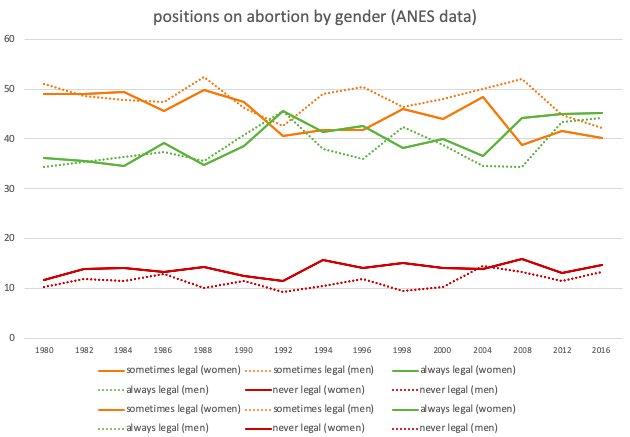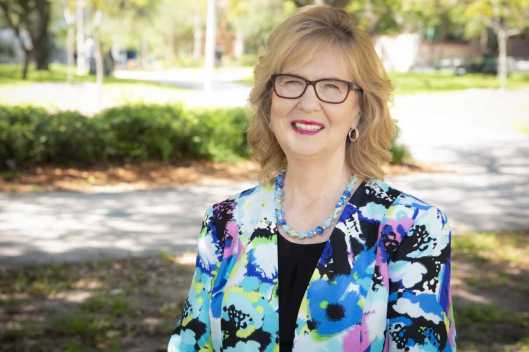This week’s roundup features webinars from NCDD member organizations MetroQuest, National Civic League, Living Room Conversations, and National Issues Forums Institute (NIFI), as well as, from the International Association of Facilitators and Global Partnership for the Prevention of Armed Conflict (GPPAC).
We’re excited to include the announcement of our upcoming Confab call on Thursday, June 6th, where we’ve teamed up with Bridge Alliance to explore how Slack can be used for collaboration and network building in the Democratic movement. We’d love for folks who have used Slack or are still currently using it to join the call and share their experience. Learn more and register to save your spot for this free call here!
NCDD’s online D&D event roundup is a weekly compilation of the upcoming events happening in the digital world related to dialogue, deliberation, civic tech, engagement work, and more! Do you have a webinar or other digital event coming up that you’d like to share with the NCDD network? Please let us know in the comments section below or by emailing me at keiva[at]ncdd[dot]org, because we’d love to add it to the list!
Upcoming Online D&D Events: Nat’l Civic League, MetroQuest, Living Room Conversations, NIFI, GPPAC
MetroQuest webinar – Cleaning Up Toxic Public Discourse for Meaningful Engagement
 Wednesday, May 22nd
Wednesday, May 22nd
11 am Pacific | 12 pm Mountain | 1 pm Central | 2 pm Eastern (1 hour)
Educational Credit Available (APA AICP CM)
Complimentary (FREE)
Are you facing increasing contention in your public engagement processes? You’re not alone. Planners and public engagement practitioners across the country increasingly find themselves on the front lines of highly polarized debates and misinformation campaigns. There’s a fix! You’re invited to this special webinar with James Hoggan – a world leading authority on the topic. James will share what’s causing increased polarization and offer ways to detoxify public engagement. A renowned author and speaker, James literally wrote the book on it.
REGISTER: http://go.metroquest.com/james-hoggan-on-cleaning-up-toxic-public-discourse-for-meaningful-engagement.html
International Association of Facilitators webinar – Becoming a CPF with the IAF
 Wednesday, May 22nd
Wednesday, May 22nd
1:30 pm Pacific, 4:30 pm Eastern
Making the decision to seek the IAF Certified Professional Facilitator (CPF) accreditation can be hard. Common questions people ask are What’s involved? How much time will it take? Will I meet the requirements? and What if I don’t pass? In response to strong interest from members, we will be exploring these questions at a webinar with hosts that have years of experience as professional facilitators and as IAF Assessors.
Professional Facilitator (CPF) accreditation can be hard. Common questions people ask are What’s involved? How much time will it take? Will I meet the requirements? and What if I don’t pass? In response to strong interest from members, we will be exploring these questions at a webinar with hosts that have years of experience as professional facilitators and as IAF Assessors.
REGISTER: www.iaf-world.org/site/events/webinar-becoming-cpf-iaf-8
National Civic League AAC Promising Practices Webinar – Equitable and Collaborative Economic Development
 Thursday, May 23rd
Thursday, May 23rd
10 am Pacific, 1 pm Eastern
Join the National Civic League to learn about two communities that are being mindful about collaboration and equity in their economic development projects. Ubax Gardheere, Equity Strategies Manager at the City of Seattle’s Office of Planning & Community Development will speak about Seattle’s approach to equitable development. Kevin Mitchell, Town Engineer in the Town of Mount Pleasant’s Planning and Engineering Department will talk about the town’s collaborative Shem Creek Revitalization project which ensured that the waterfront was accessible to all residents.
REGISTER: www.nationalcivicleague.org/resource-center/promising-practices/
Online Living Room Conversation: Peace Building in the United States

Thursday, May 23rd
12:30 pm Pacific, 3:30 pm Eastern
The US has in many ways always been a divided society, but what is causing fierce political, social and ethnic divides in the United States today? Hate crimes and hate groups are increasingly visible, and political leaders are using ethnic identity, socio-economic identity — and an “us v. them” mentality — to create fear and increase polarization. How did we get here and what are the peacebuilding solutions for a country that has long been considered the world’s most stable democracy? Check out the conversation guide.
REGISTER: www.livingroomconversations.org/event/online-living-room-conversation-peace-building-in-the-united-states-2/
Global Partnership for the Prevention of Armed Conflict (GPPAC) webinar – Peace Education: Experiences on 13 years of “Peace School”, Mexico
 Thursday, May 23rd
Thursday, May 23rd
7 am Pacific, 10 am Eastern
In this webinar, peace education expert Diana Lepe Sanchez will share lessons learned from the project Escuela de Paz (Peace School). As part of the project, workshops were given for activists and human rights defenders from all over Mexico on a method for conflict analysis and conflict transformation.
REGISTER: www.gppac.net/peace-education-webinar-series
CGA Forum on Americas Energy Future: How Can We Take Charge?
 Monday, May 27th
Monday, May 27th
10 am Pacific, 1 pm Eastern
Please join us for a Common Ground for Action (CGA) online deliberative forum on Monday May 27th @ 1:00pm ET/10:00am PST on ” Americas Energy Future: How Can We Take Charge?” If you’ve never participated in a CGA forum, please watch the “How To Participate” video before joining. If you haven’t had a chance to review the issue guide, you can find a downloadable PDF copy at the NIF website: https://www.nifi.org/es/issue-guide/americas-energy-future
REGISTER: www.nifi.org/en/events/cga-forum-americas-energy-future-how-can-we-take-charge
NCDD June Confab on Using Slack for D&D Movement Building

Thursday, June 6th
11 am Pacific, 2 pm Eastern
We are excited to co-host another Confab Call at the beginning of June, this time with our friends at the Bridge Alliance to explore the use of the collaboration tool, Slack. On this free call, we will discuss the capabilities of the platform for movement building around civic action and learn more about the development of Bridge Alliance’s new joint project, the Democracy Movement Slack Forum.
REGISTER: http://ncdd.org/29763

 We talk a lot about
We talk a lot about  Wednesday, May 22nd
Wednesday, May 22nd Wednesday, May 22nd
Wednesday, May 22nd Professional Facilitator (CPF) accreditation can be hard. Common questions people ask are What’s involved? How much time will it take? Will I meet the requirements? and What if I don’t pass? In response to strong interest from members, we will be exploring these questions at a webinar with hosts that have years of experience as professional facilitators and as IAF Assessors.
Professional Facilitator (CPF) accreditation can be hard. Common questions people ask are What’s involved? How much time will it take? Will I meet the requirements? and What if I don’t pass? In response to strong interest from members, we will be exploring these questions at a webinar with hosts that have years of experience as professional facilitators and as IAF Assessors.
 Thursday, May 23rd
Thursday, May 23rd Monday, May 27th
Monday, May 27th





